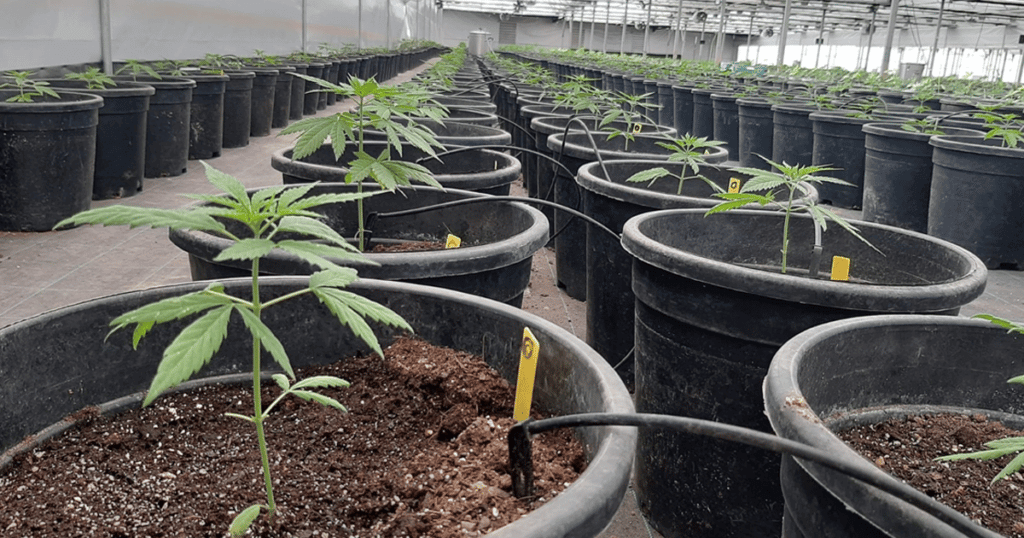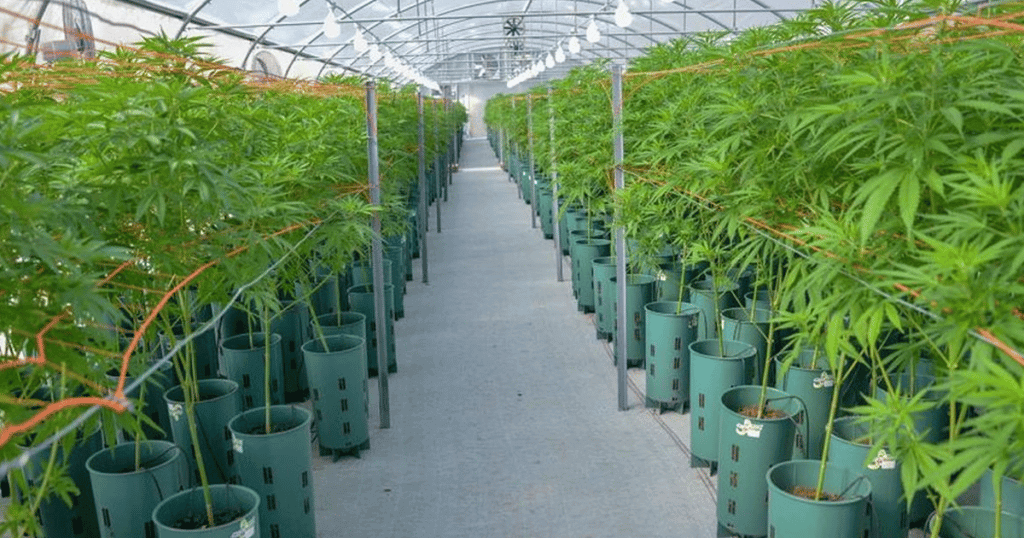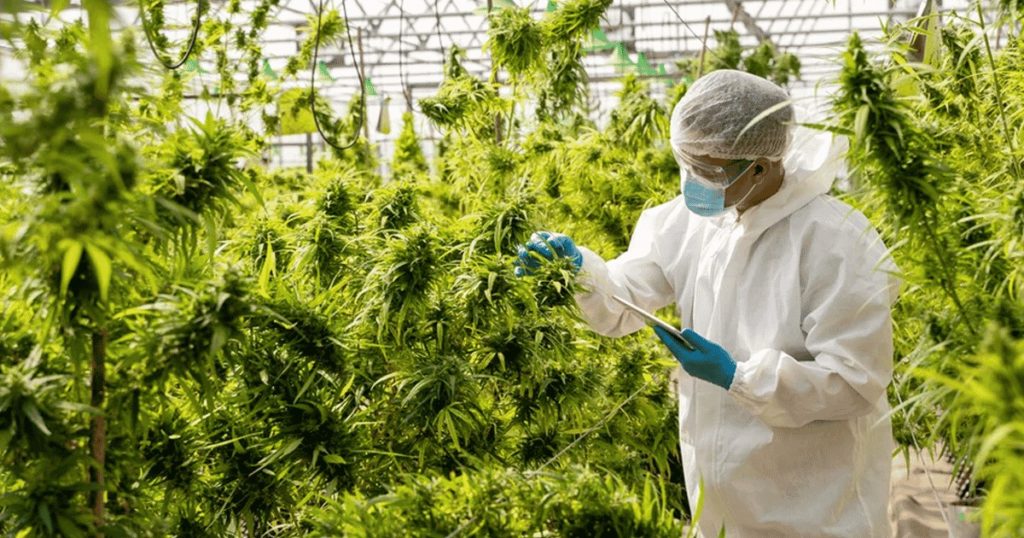One of the major challenges in the cannabis industry is consistency: consistency with cultivation, with production, and consistency with genetics and industry standards from state to state. The lack of federal support and legalization makes it difficult for cultivators and cannabis companies to maintain congruent standards throughout the industry.
The ability to modify a plant’s genetics so that it naturally resists common pests and fungi has enabled cheaper cultivation inputs and yield increases that have improved agricultural processes around the globe. This is the type of genetic forward-thinking that we need to see in the cannabis industry. This type of thinking will make it much easier to begin to maintain industry standards from state to state, and the good news is that we’re starting to see it happen.
History Of Cannabis Cultivation
The Green Revolution revolutionized the way we breed and cultivate commodity crops during the 1950s and 1960s. However, cannabis agriculture tends to remain in the Dark Ages in many respects. While underground breeders have achieved incredible breakthroughs to boost production and potency over decades of illegal activity, the agenda has not generally included a focus on disease resistance.
Up until recently, combating the deadliest enemies of cannabis, such as powdery mildew or botrytis, required intense caution and expensive pesticides, with a still-present possibility that growers might lose their entire harvest.
Scientific developments and ongoing new research into plant genetics will make it possible for farmers to quickly satisfy consumer and regulatory demand for cleaner cannabis products while reducing the usage of chemical pesticides and disease management agents.
Transforming Cannabis Cultivation With Genetics
Thanks to advances in cannabis science and the growing field of study in the industry, we are beginning to see more sophistication in cannabis cultivation, all while boosting growers’ profits and preserving the environment.
Less Use of Pesticides
And it’s not only the cannabis industry that would benefit from lessening the use of pesticides. However, we’ll focus on the ways that cannabis alone would be safer from a pests and fungi standpoint for the purpose of this article.
here is the possibility of humans coming into contact with the fungus itself, which can cause aspergillosis, a potentially fatal respiratory condition when the spores are inhaled. The same targets that pesticides work on in fungi and pests may also exist in our own systems because they are, essentially, substances meant to kill an organism.
Growers must navigate a complex network of state-by-state regulations and laws while cannabis waits for federal legalization, whereas the Environmental Protection Agency normally regulates pesticide and fungicide limitations for all other commercial crops on a federal level.
While fungicides are still accessible, many states have banned them – and with good reason.
To guarantee that no residue is left on the finished product, growers in California, Oregon, and Washington must submit data from independent testing for a long list of more than 100 pesticides and other substances.
On the other hand, pesticide testing is voluntary and up to each facility for growers in Florida or Rhode Island. Growers must stop using pesticides very early in the cultivation process to maintain approved “safe” levels in order to prevent pesticide residue from showing up in a product that is ready for the shelf.
Without this protection, an epidemic during the blossoming stage frequently results in lost product or, worse, product tainted with pesticides.
In an effort to detect an outbreak early, many farms employ extra workers to manually check plants – an approach that is both very expensive and possibly unreliable.
When crop killers like powdery mildew are present, the initial infestation is invisible, and symptoms only become apparent a few weeks before bloom maturation.
The financial health of farmers is significantly impacted by each of these pest management techniques. Cannabis growers are unable to pass on price increases to customers in the current market since farm expenditures, including fertilizers and fungicides, are growing by as much as 250 percent throughout the larger agricultural sector in the current economy.
The Solution? Effective Pest Resistance
The high cost and hypervigilance loop are stopped in their tracks by cannabis cultivars that have been designed with innate resilience. A plant could have what is referred to as qualitative resistance if a pest-resistant gene was bred into it.
The plant can be either resistant or less vulnerable if it has the gene for resistance to something like powdery mildew. Although there is still a need for plant health inspections, the risk of infection is significantly lessened.
Researchers mated two susceptible cultivars with one cultivar that was already known to be extremely resistant to powdery mildew in order to find the first pest-resistance gene in cannabis. They examined the qualitative resistance “black and white” phenomena in the offspring of these crosses, which consisted of hundreds of plants.
The genetic makeup of the two populations was then examined by scientists to find variations in DNA sequence between resistant and susceptible cultivars. They were able to identify the precise region and gene (designated PM1) in charge of this resistance using this method.

The Future Of Cannabis
The study on powdery mildew implements a scientific method to cannabis cultivation that has been used for years with other commodity crops and lays the groundwork for the identification of new genetic sources of resistance to the several diseases that infect cannabis.
The same type of procedure can be used to find resistance to other crop killers like fusarium (wilt), aspergillus and botrytis (molds). Plants with one type of resistance can be bred with plants that have another type of resistance for cannabis that is doubly protected.
The advantages of having genetics that are flexible and bred to grow optimally in a variety of diverse conditions extend beyond pest control; they have implications for more environmentally robust plants in an increasingly unpredictable climate.
Beginning with genetics to build a cannabis farm that can resist even the most severe financial and environmental hardships will give us the ability to collectively launch cannabis’ own green revolution once the sector fully adopts these scientific techniques.

Enjoyed that first hit? Come chill with us every week at the Friday Sesh for a freshly packed bowl of the week’s best cannabis news!

















